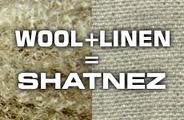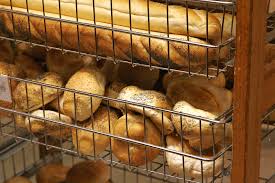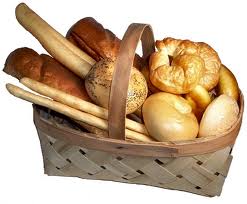Published Spring 2015
One of Moshe Rabbeinu ’s first directives from the Ribono Shel Olam was that the Korban Pesach had to be tzli aish , no compromise – not boiled, not cooked, not raw – but grilled on the open flame. This was B’nei Yisroel ’s honest to goodness first barbecue! “ Maase Avos Siman L’Vanim .” Grilling has taken on a life of its own. As the weather warms, and once again we are ready to enjoy the outdoors there are many dos and don’ts that the savvy kosher griller should keep in mind before throwing that delicious rib steak onto the coals.
Kashering a Non-Kosher Grill
As unlikely as it sounds, there are times when the occasion arises where a non-kosher grill requires kosherization. This method is impractical for a barbecue pit in the park. However, in the event that one needs to kasher a non-kosher grill, below are the steps […]















 STAR-D
STAR-D STAR-S
STAR-S